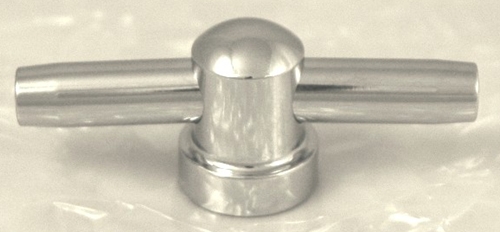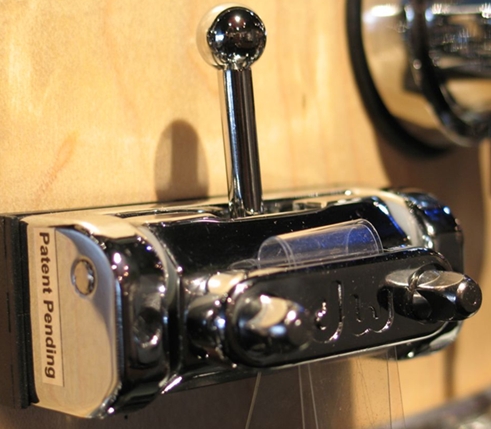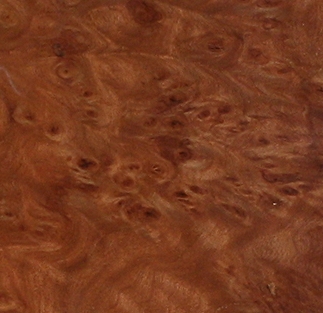This post will tie up a few loose ends regarding the rest of the specifications. First, I finally settled on the lugs. I thought long and hard about using turret style lugs to keep the spirit of DW in the design elements, but just could not bring myself to do it. To me they are ugly.
One supplier I often use is Best Drum Deals. Their prices are reasonable, they ship fast and provide excellent service, so I checked their catalog and found the AG-1 Chrome Double Ended Snare Drum Lug shown below:

That lug has a vintage look that will compliment the throwoff design, and will also let more of the beautiful veneer I discussed in my last post to show through.
The snare bed I am opting for is going to be wide and shallow like modern Ludwig snare beds. That design will accommodate a wide range of snares. For more about snare beds see this post. For snare wires I usually go with 12- or 16-strand. When I use 12-strand I use Puresound Concert wires. However, for this drum I am going to use 16-strand Worldmax German Steel Wires. I have found these wires to be equal in all respects to the Puresound 16-strand Custom series, and at a fraction of the price.
Head selection is fairly straightforward: a Remo Diplomat for the snare side will give me maximum sensitivity to take advantage of the 3P butt, and a Remo Coated Ambassador on top makes for a perfect combination.
While I often have snare drums built with single-flanged, chrome over brass hoops with clips, a set runs close to $140. To keep costs down I am going to go with 1.6MM triple flange hoops. They provide nearly the same open, resonant response as the single flange hoops, and will allow a lot more sensitivity than 2.3MM hoops. For the same reason - achieving an open, resonant sound - I am going with eight lugs. In fact, all of the drums I have custom made have eight lugs because I personally think that ten lugs are not required on a snare drum. And certainly not on a snare drum that you want to be resonant and open-sounding.
Although it sounds trite, I have a strong preference for Pearl tension rods. Unlike other tension rods with a thin chrome plate on the threads, these rods are more substantial in weight and look to be better machined. Since they cost the same or less than generic rods I always use them for new snare drums, and when I have to replace bent rods on drums that I restore.
As the project progresses I'll provide updates.






